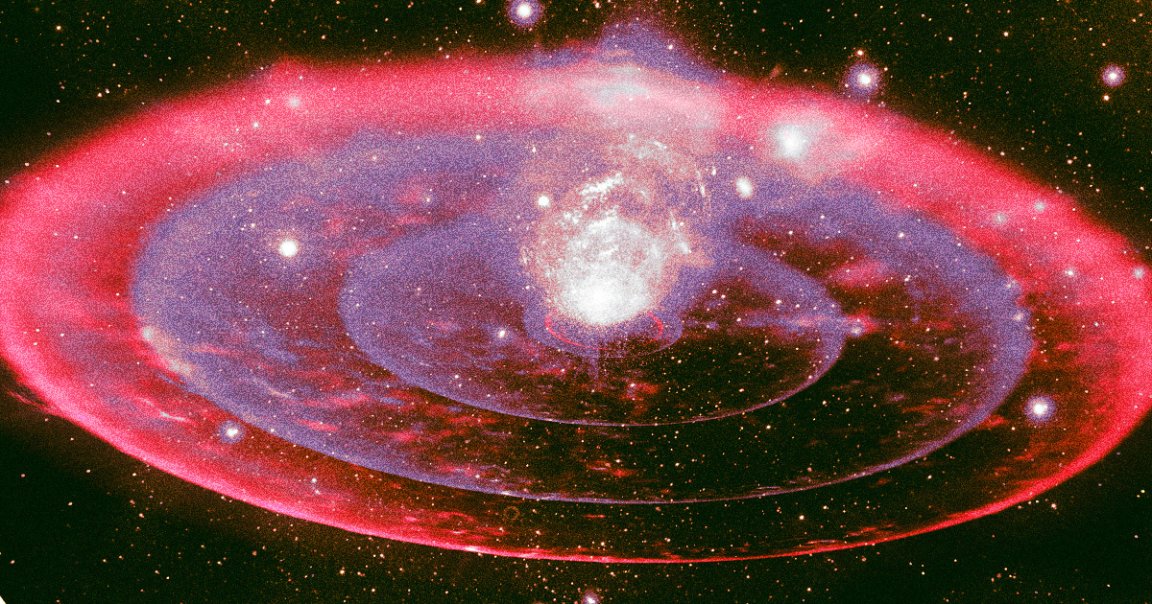
Chevy Nova
Between now and September, have your eyes peeled for a truly spectacular night show.
Not for regular old fireworks, that is, but for a rare celestial event: a nova explosion from 3,000 light years away that’s predicted to flare into our night sky and become visible to our naked eyes in the Northern Hemisphere.
NASA says the nova explosion, which is essentially when a binary star system explodes, will emanate from the T Coronae Borealis star system and will be as bright as the North Star for around a week.
Then this bright light will die down and won’t appear again until perhaps 80 years in the future. The last time this star system went nova was in 1946.
If you want to track it down for yourself, the nova explosion is anticipated to appear as part of the arc-shaped constellation Corona Borealis, which lies between the constellations Bootes and Hercules.
Starry Skies
Occasionally, binary star systems flare into a nova explosion, in which hydrogen from one star accrues on the surface of an orbiting white dwarf star. After a tremendous build up of hydrogen, temperature, and pressure, the dwarf star expels the hydrogen layer in a spectacular and super bright thermonuclear burst.
That is what’s happening in T Coronae Borealis, a binary star system composed of a red giant and a white dwarf star.
Up close, the nova explosion must be a violent event that would shake the rafters of heaven. But from our vantage point, safe on Earth, it will be bright, wonderful twinkle.
More on stars: Passing Star Altered Earth’s Orbit, Scientists Say